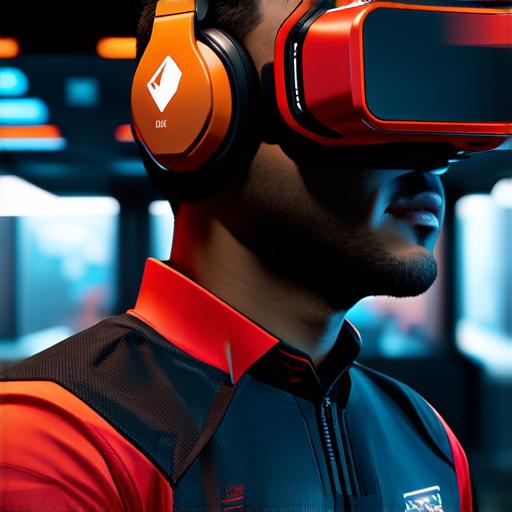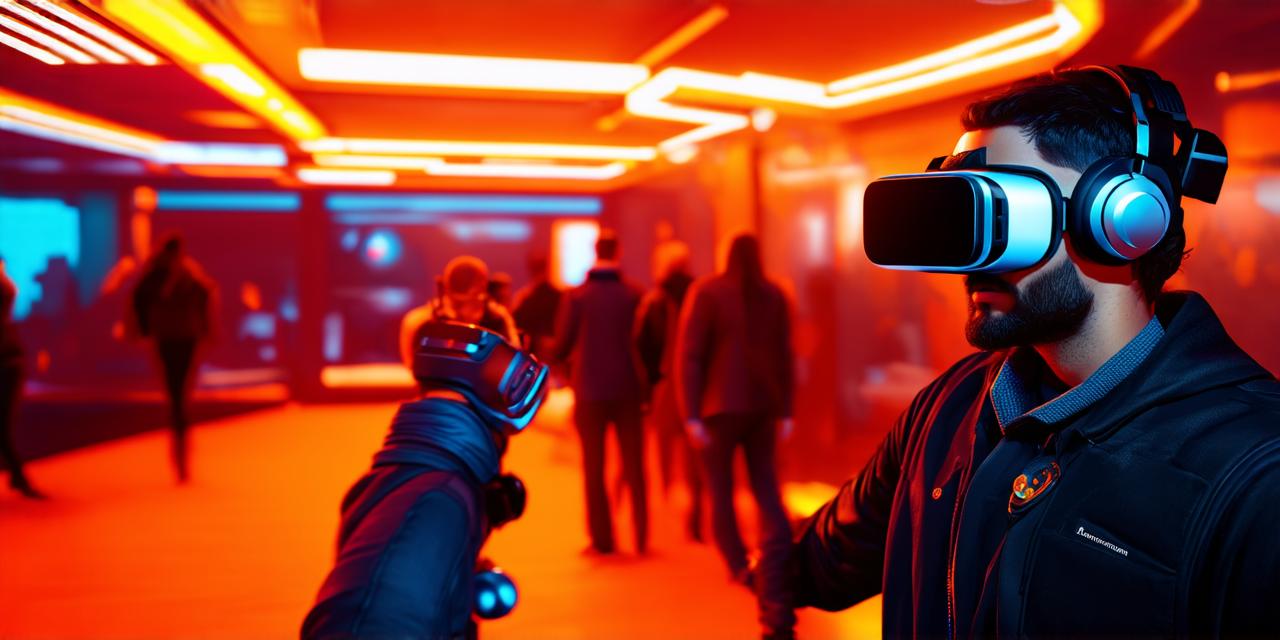
Virtual reality (VR) is a rapidly growing technology that immerses users in artificial environments.
It offers an unprecedented level of interaction and engagement, making it perfect for various applications ranging from gaming to education, training, and more. In this article, we will explore the three main types of virtual reality: mobile VR, desktop VR, and room-scale VR.
Mobile VR
Mobile VR is the most accessible form of VR, as it requires only a smartphone or tablet to get started. Mobile VR headsets, such as Samsung Gear VR, Google Daydream, and Oculus Quest, are worn on the user’s head and provide a screen that tracks the user’s eye movements.
Mobile VR apps can be downloaded from app stores and offer a variety of experiences, including gaming, entertainment, education, and training.
However, mobile VR has its limitations. The screen size of mobile devices is smaller than desktop or room-scale displays, which can lead to a less immersive experience. Mobile VR headsets can also be uncomfortable to wear for extended periods, and the tracking technology may not always be accurate.
Desktop VR
Desktop VR requires a high-powered computer with an Nvidia GPU or AMD Radeon RX series graphics card, as well as a headset such as Oculus Rift, HTC Vive, or PlayStation VR. Desktop VR offers a more immersive experience than mobile VR, with larger screens and higher resolution displays that provide a more realistic visual representation of virtual environments.
Desktop VR also allows users to interact with virtual objects using hand controllers or motion tracking devices, such as the Vive Wands or Oculus Touch controllers. This makes it ideal for applications such as gaming, design, and engineering, where precise hand movements are essential.
One of the main advantages of desktop VR is its ability to track user movement accurately. This allows for more realistic interactions with virtual objects and creates a more immersive experience. Desktop VR also offers a wider range of experiences, including educational applications, training simulations, and virtual tours.
Despite its advantages, desktop VR can be expensive and requires a powerful computer to run. It is also less portable than mobile VR, making it less suitable for on-the-go use.
Room-Scale VR
Room-scale VR is the most immersive form of virtual reality, requiring a large open space to move around in. Room-scale VR headsets such as the Oculus Quest 2 and HTC Reverb offer a wider field of view than mobile or desktop VR, creating a more realistic representation of virtual environments.
Room-scale VR also allows for more natural interactions with virtual objects, as users can move around in real life to interact with virtual objects. This makes it ideal for applications such as training simulations, virtual tours, and immersive gaming experiences.
One of the main advantages of room-scale VR is its ability to create a fully immersive experience. Users can feel like they are truly in a virtual environment, making it an ideal tool for education, training, and entertainment. Room-scale VR also offers more space to move around, allowing users to explore virtual environments more freely than with mobile or desktop VR.
However, room-scale VR requires a significant amount of space and can be expensive to set up. It is also less portable than mobile VR, making it less suitable for on-the-go use.
FAQs
1. What is the difference between mobile VR, desktop VR, and room-scale VR?
Mobile VR requires a smartphone or tablet, desktop VR requires a high-powered computer and headset, and room-scale VR requires a large open space to move around in.
2. Which type of VR is best for gaming?
Desktop VR offers the most immersive gaming experience, with precise hand movements and larger screens.
3. What are some examples of applications for VR?
VR can be used for education, training, entertainment, design, engineering, and more.
4. How much space do I need for room-scale VR?
Room-scale VR requires a large open space to move around in, typically at least 10 feet by 10 feet.
5. Is VR accessible for people with disabilities?
Yes, VR can be adapted for people with disabilities, including those with visual or hearing impairments.
Conclusion
Virtual reality is a rapidly growing technology that offers unprecedented levels of interaction and engagement. Mobile VR, desktop VR, and room-scale VR are the three main types of VR, each with its advantages and limitations. Understanding these different types of VR can help developers choose the right technology for their needs. With the continued growth of VR technology, we can expect to see even more innovative applications and experiences in the future.
